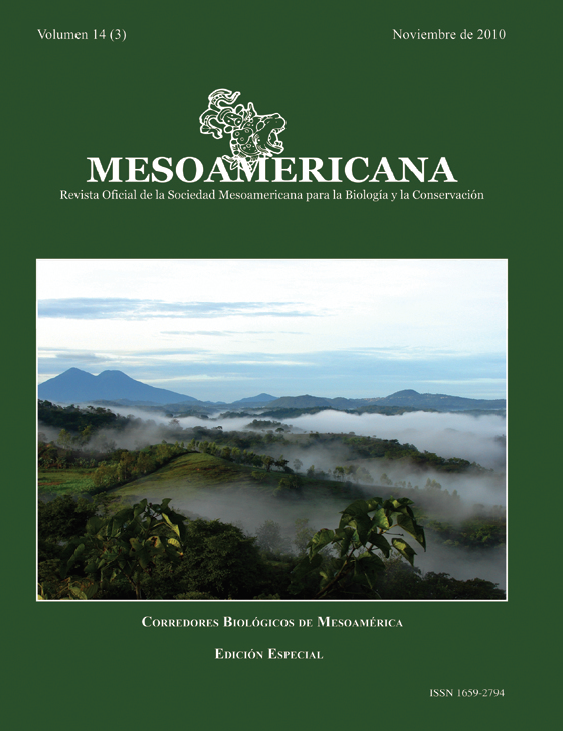

In Mesoamerica, and elsewhere in Latin America, Panthera and the Wildlife Conservation Society have invested in modeling and verifying jaguar corridors through a least-cost pathway framework. Once this process is finished, we will have mapped potential and actual corridors for jaguars the length of the Isthmus. The next step will be to secure the long-term persistence of these corridors for jaguars through local, regional, and national commitments. We present a process by which interested entities can begin to understand and secure functional corridors for jaguars and other species. We illustrate this process with a real example of a corridor initiative in Costa Rica (Barbilla Subcorridor). Successfully identifying and securing biological corridors for jaguars can create a conservation mega-landscape which facilitates the long-term persistence of many species. The effectiveness of each corridor will require an individual assessment, followed by some site-specific activities, and a commitment to monitoring their effectiveness. Despite the individual character of each corridor, there will be a series of steps and solutions common to most. Corridor conservation is a long-term commitment, requiring the careful cultivation of relationships with partners, the establishment of mutually agreeable policies and discernable rewards for stakeholder acceptance.